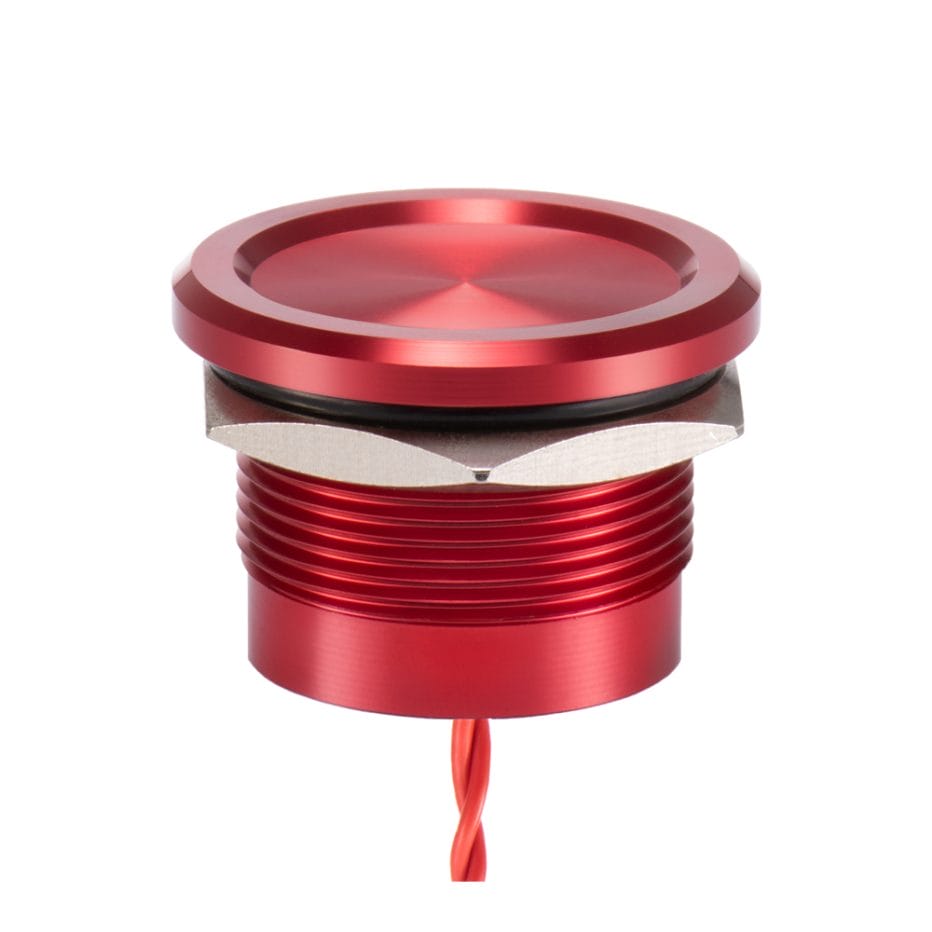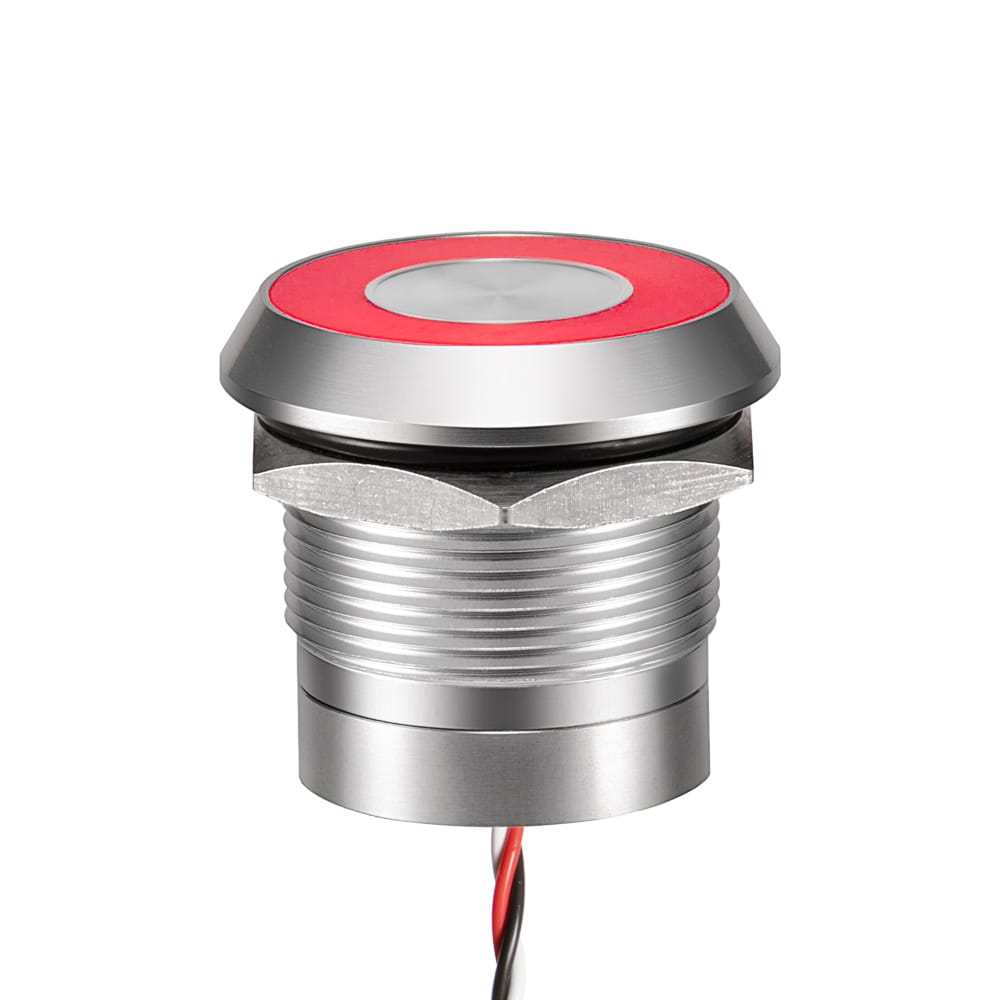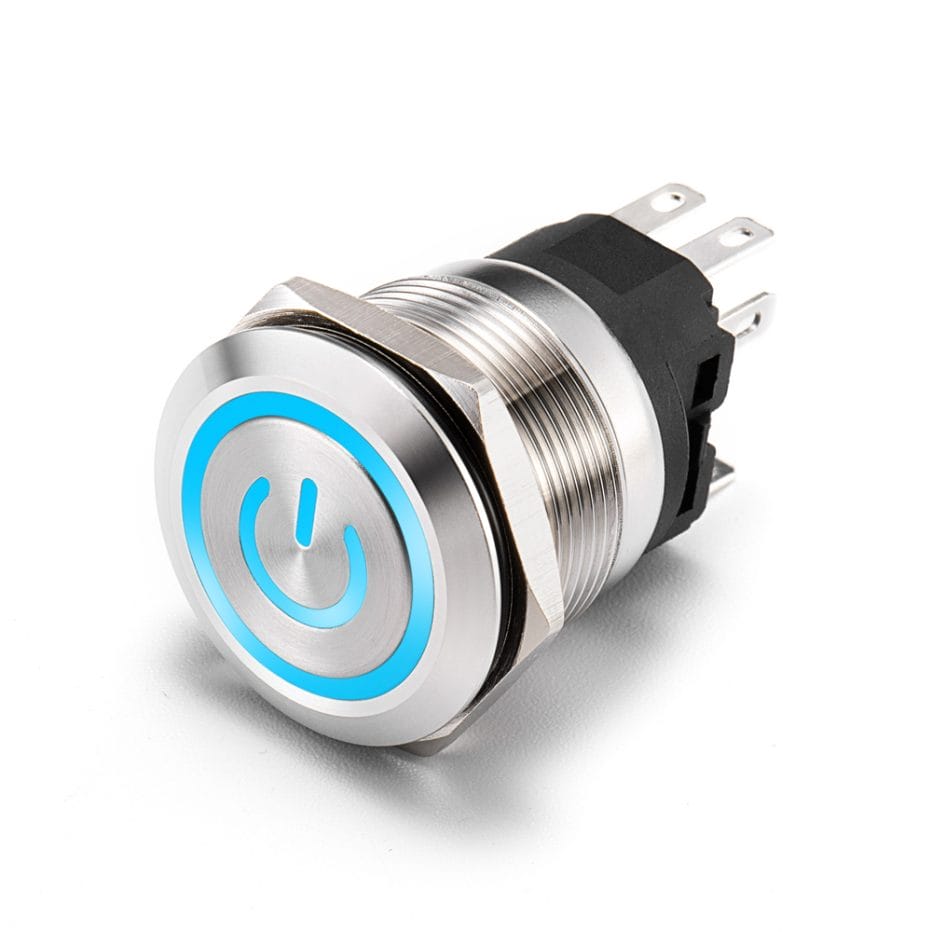
Switches are used in countless electronic devices, ranging from lamps and overhead light fixtures to TVs, computers and more. By definition, a switch is an electrical component that’s used to control a circuit. When the switch is pressed, the circuit closes. When the switch is released, the circuit reverts back to its open state. There are different types of switches, however, one of which is a touch switch.
Touch Switches Explained
A touch switch is a special type of switch that, as the name suggests, operates via touch. In other words, you don’t have to necessarily press enough a touch switch. Just touching it should trigger the circuit to open or close.
Touch switches are frequently used in lamps and wall-mounted light switches. They offer a clean, low-profile design that many consumers and business owners prefer over traditional mechanical switches.
How Touch Switches Differ From Mechanical Switches
Mechanical switches, on the other hand, require greater physical force to open and close the respective electrical circuit. There are typically two layers of conductive traces within a mechanical switch. To close the electrical circuit, you must press the mechanical switch hard enough so that these layers meet.
The 3 Different Types of Touch Switches
All touch switches are characterized by touch-based operation, meaning you can open and close the respective electrical circuit simply by touching the switch. With that said, there are three primary types of touch switches, including capacitive, resistive and piezo.
Capacitive switches are characterized by a single electrode. The electrode is typically found behind a layer of nonconductive material, such as glass or plastic. Capacitive switches work in a similar manner as capacitive touchscreens by relying on the human body’s conductive properties to open and close the circuit. When you tap or touch a capacitive switch, its capacitance will drop, thereby triggering the circuit to open or close.
Resistive touch switches are characterized by the use of two electrodes. When you tap or touch a resistive touch switch, the resistance between the electrodes decreases, thereby triggering the circuit to open or close. Resistive touch switches are simpler than their capacitive counterparts, making them a popular choice among consumers and business owners.
Finally, piezo touch switches leverage the properties of piezo ceramic to open and close an electrical circuit. They are made of piezo ceramic, which is usually found behind an exterior top layer, to support touch input from any object as well as a bare or gloved finger.
Piezo switches have some interesting advantages over their conventional mechanical counterparts. One is that there are no moving parts necessary for them to do their job. This means the lifetime of such a switch can be ensured to be tens of millions of operations, since there is no wear involved.
Another advantage is that they may easily be completely sealed from the environment and thus made weatherproof. They are often constructed with stainless steel housings such that they are resistant to damage by vandals or heavy use.
A capacitive switch is a touch sensor or type of touch-controlled electrical switch that operates by measuring change in capacitance; also known as touch sensor technology. Touch switches are used in the following applications: white goods, security devices, commercial appliances, kiosks, electrical housewares and medical equipment.
All Langier News:
Read Moreelectronica 2024 Hall-Stand No.: A2 160 November 12-15, 2024 Tr...

 English
English 简体中文
简体中文





